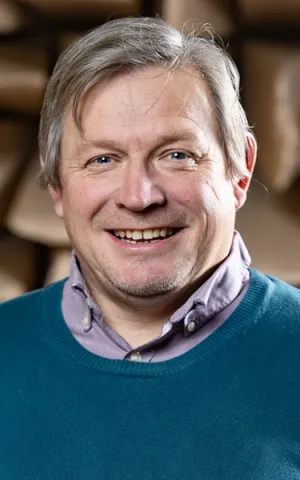About the project
Monitoring our oceans and detecting geohazards are more important than ever, and existing seafloor fibre-optic cables may provide a global network of low-cost and green sensors with proper calibration. This project aims to calibrate cable data with standard acoustic measurements, analyse the recorded ocean soundscapes, and develop ocean monitoring techniques.
Acoustic measurements in the ocean can detect hazards (e.g. earthquakes, storms), measure ocean soundscapes (including anthropogenic noise), monitor physical ocean conditions and derive the structure of the sub-seafloor1. However, permanent, global instrument networks using standard equipment (hydrophones and seismometers) are difficult, costly and have a high carbon footprint. Submarine fibre-optic cables laid for telecommunications form a global cross-ocean network and have been shown to be capable sensors for many acoustic phenomena in the ocean2,3, raising the exciting possibility of using these networks for ocean monitoring and hazard detection. However, proper calibration is still needed. This project aims to develop methods using fibre-optic cables for some of these applications, and analyse both active-source (e.g. airgun) and passive signals from deep and shallow water environments.
Compare and calibrate submarine fibre-optic cable data with conventional acoustic measurements using already acquired co-located data from offshore Ireland (Galway Bay, shallow water) and/or the North Atlantic (deep water), identifying and comparing both active and passive signals in the data, (air-guns, boats, storms, tides, etc).
Analysis of the ocean soundscape recorded on the cables, identifying trends in signals from different sources (e.g. anthropogenic sources, tides, waves, storms, cetaceans). This analysis will help show how cables can be used to monitor ocean conditions and hazards.
Develop/implement methods to use noise recordings from the cable datasets to measure ocean temperature through signal processing – interferometry uses methods such as cross-correlation to derive sound speed from noise. Sound speed can then be related to the temperature of the ocean. "
Supervisory team
The supervisory team includes supervisors from several organisations, including our INSPIRE Partners. Please contact the Lead Supervisor for more information about the team.
Training
The INSPIRE DTP programme provides comprehensive personal and professional development training alongside extensive opportunities for students to expand their multi-disciplinary outlook through interactions with a wide network of academic, research and industrial/policy partners. The student will be registered at the University of Southampton and hosted at National Oceanography Centre, Southampton.
Specific training will include:
- Signal processing and analysis techniques for both active (Gregory, Bayrakci) and passive (Mangriotis, Bayrakci, White) acoustic data
- fibre-optic cable sensing physical theory and data production (Belal)
- ocean soundscape analysis (White)
The student will have the opportunity to join a sea-going research expedition during the course of the project to gain experience in marine data acquisition.
